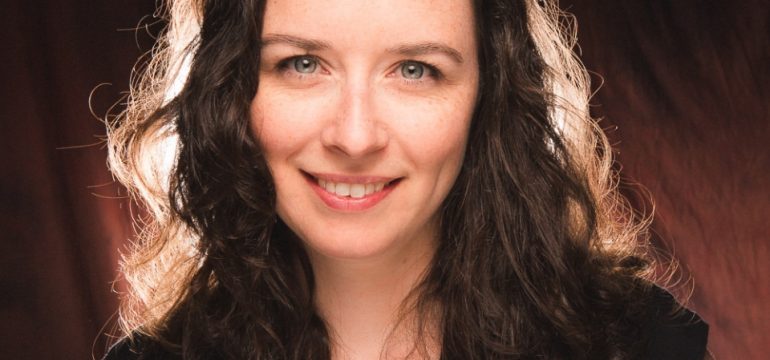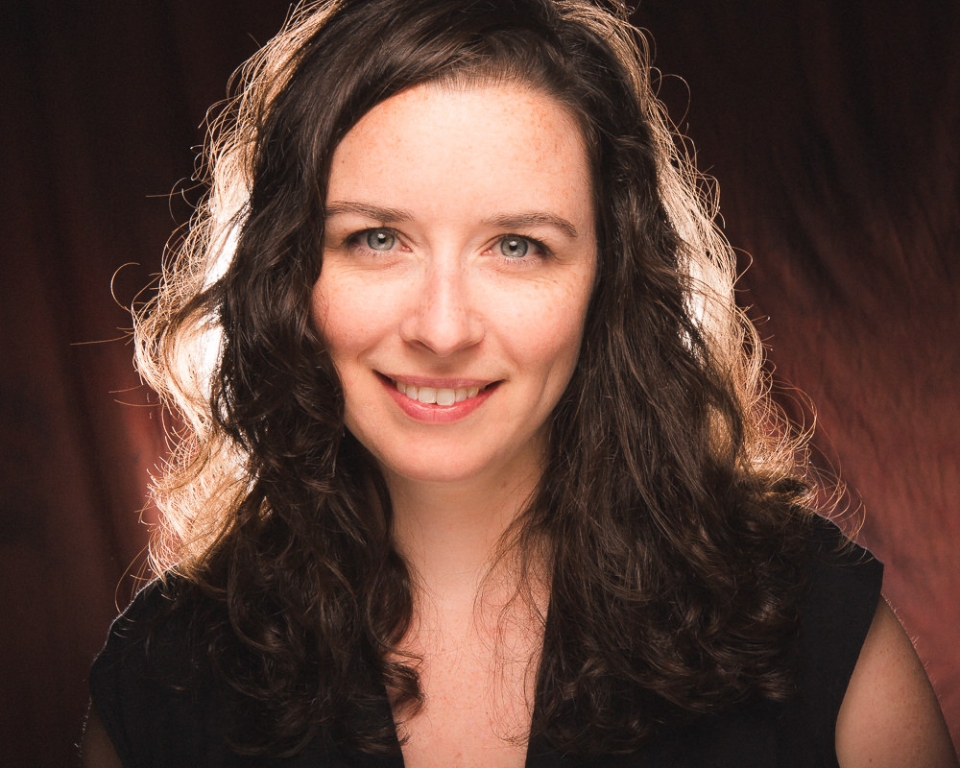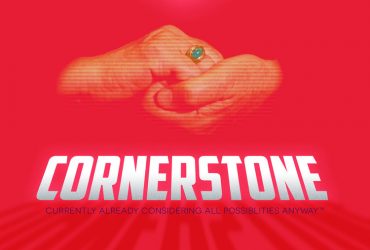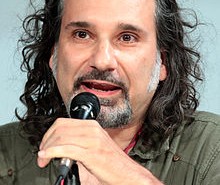Columbia College Chicago Theatre Department alumna Joanie Schultz ’00, now in her second year as artistic director of the WaterTower Theatre in Addison, Texas, recently reflected on her goals and experiences as a theatre artist in a column for “TheaterJones,” a blog serving the north Texas performing arts scenes with news, features, and commentary.In an essay headlined “On Auditions,” posted March 30, 2018, Schultz — a graduate of the Columbia College Theatre Department’s Theatre Directing program — reflects:
“I remember as a young actor romanticizing what life would someday be like — pounding the pavement, trying to prove myself with the perfect monologue and 16-bars. The montage in my mind . . . looked like some sort of combination of A Chorus Line and Rocky. In the series of shots of film I work hard, prove myself, and at the end of a 90-second set of clips where I’m systematically rejected, I am starring in a Broadway show. And I lived happily ever after. I call it the American (theater) Dream — that the most tenacious and hardworking of us will succeed and be stars. That all the roadblocks we come to just need to be crushed by our strong wills and we will ‘make it.’ That there is an ‘it’ to ‘make.’ . . .
“The world is so different than a movie, a song, or a montage. The world is much more mystifying, unfair, biased, and complicated than any of those things promise. I have theatre friends who go from Broadway shows to dry periods where they contemplate waiting tables and taking odd jobs. Most theatre professionals I know have a second job even if it’s within the theatre world: teaching, on a theatre staff, doing voice overs, industrial videos, editing commercials, doing corporate training, etc. We are all doing what we can to continue our mission as artists, something we are obviously compelled to do and don’t pursue because it’s easy. . . .
“But this is where the American (theater) Dream instills a crucial idea into us that hurts us: that there’s a destination. That there’s a goal that we will achieve at the end of our own personal movie montage that will leave us stable, satisfied, happy, etc. But instead the work of life isn’t the destination, it’s the traveling. . . . I’m not saying that we shouldn’t set a course of direction, but my dream is that we spend more time in our theater training and in our theater lives setting internal measurements that are at least as important to us as the measurements and feedback of the outside world. I dream that artists empower ourselves in every moment to do the work we love, to remember why we do it, and to fulfill those internal goals of our artistic work, instead of relying on the fickleness of external validation. That we set personal artistic missions, and create goals for how we want to work and grow. That we are mindful about what we want to express and share in the moments we get to. That in this unfair world we keep focused on what we can influence: our experience and our work. There are always rejections and disappointments, and because every time a hill is climbed, there is another in the distance that is now in focus; and we will have victorious moments like Rocky, but there will be more fights, and sequels upon sequels, and the work will never be truly done. . . .
“In my personal artistic practice I am constantly trying to remind myself of this question: if I reached my destination, if my montage came true, if I did ‘make it’: how would my life be different? Or, as a wise mentor once told me, ‘Once you get your foot in the door, what are you going to do with your foot?’ ”







